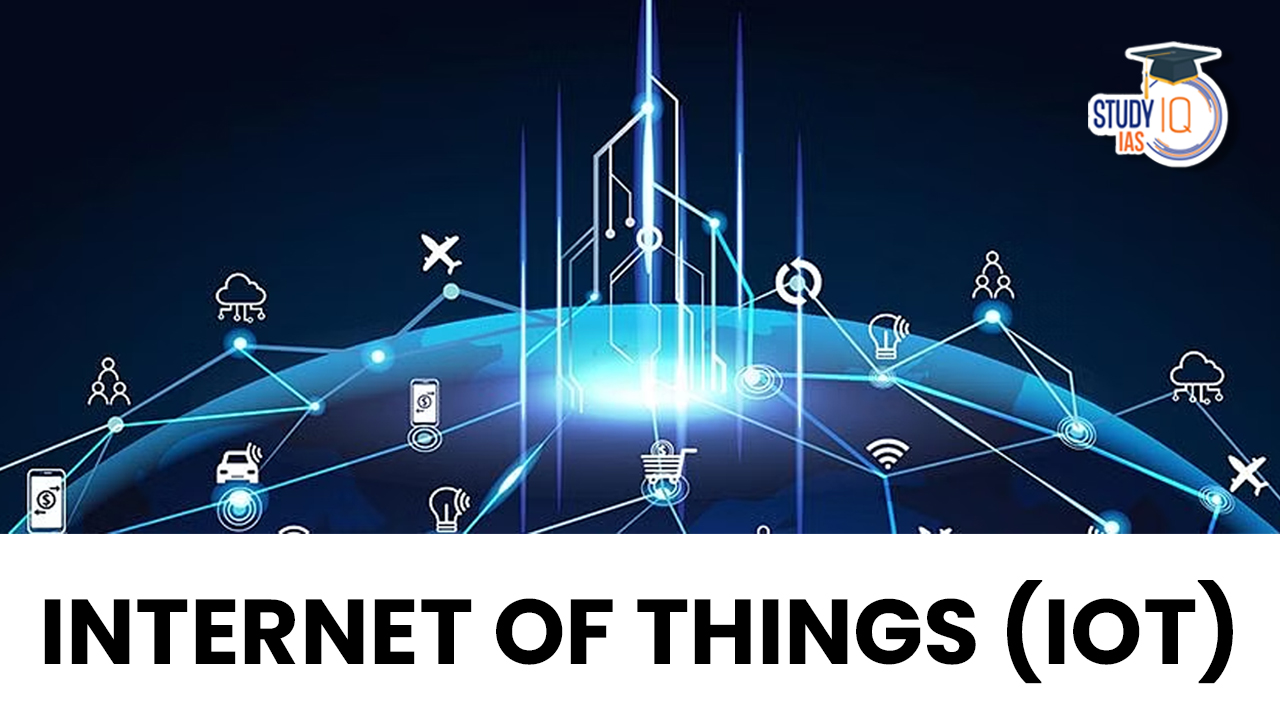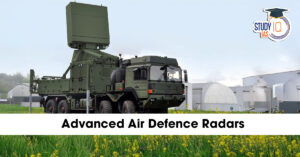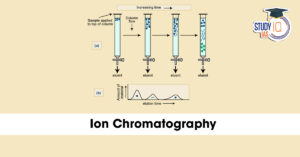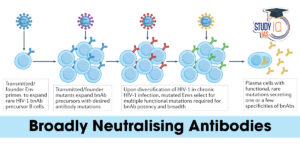Table of Contents
The Internet of Things (IoT) refers to the network of interconnected physical objects or “things” that can collect, exchange, and transmit data over the Internet. These “things” are typically embedded with sensors, software, and other technologies to gather and communicate information, enabling them to interact with their environment and other connected devices.
What is Internet of Things?
IoT, the Internet of Things, links sensor-equipped objects, from smart home devices to industrial machinery, enabling them to communicate and share data. It finds applications in diverse fields, including agriculture, traffic management, manufacturing, and healthcare. As the number of IoT devices grows, they promise to revolutionize industries, offering real-time data analysis for improved efficiency and decision-making, fundamentally transforming our daily lives and work processes.
Internet of Things History
The history of the Internet of Things (IoT) traces back to the late 20th century, with the term coined by Kevin Ashton in 1999. IoT evolved through advancements in wireless technologies and the proliferation of smart devices in the 2010s. It found commercial and industrial applications in supply chain optimization and industrial automation. The growth of IoT led to the emergence of smart cities and infrastructure projects. However, challenges like security and data privacy concerns remain prominent as IoT continues to expand its presence in various industries.
Internet of Things Characteristics
Characteristics of the Internet of Things (IoT) include:
- Connectivity: IoT devices are interconnected through the internet, enabling data exchange and communication.
- Sensors and Data: IoT devices are equipped with sensors to collect various types of data, such as temperature, location, and more.
- Automation: IoT allows for automation and control of devices and processes, reducing the need for human intervention.
- Remote Monitoring and Control: Many IoT devices can be monitored and controlled remotely using mobile apps or web interfaces.
- Interoperability: IoT devices and systems must work together seamlessly, often involving multiple manufacturers and protocols.
- Data Analytics: IoT generates vast amounts of data, which can be analyzed to derive insights and make informed decisions.
- Real-Time Capabilities: Some IoT applications require real-time data processing and responses.
- Scalability: IoT systems need to accommodate a growing number of devices and data sources.
- Security and Privacy: IoT security is crucial to protect data and prevent unauthorized access to devices.
- Energy Efficiency: Many IoT devices are designed to operate efficiently to conserve energy and extend device lifespans.
Examples of Internet of Things (IoT)
IoT Devices at Home
- Wearable Health Monitors: Fitness trackers such as Fitbits.
- Voice Assistants: Devices like Alexa and Siri.
- Smart Appliances: Examples include the iRobot vacuum cleaner.
- Smart Cars: Notably, Tesla’s connected vehicles.
- Smart Home Security Systems.
IoT Devices in Industries and Cities
- Smart Grids for efficient energy distribution.
- Smart Supply Chain Management.
- Healthcare Systems with remote monitoring.
- Smart Farming for Precision Agriculture.
- Smart Connected Factories Optimizing Manufacturing.
Types of Internet of Things (IoT)
- IoT (Internet of Things): Connects sensors to automate various processes, especially those that are repetitive, time-consuming, or hazardous.
- IoE (Internet of Everything): Encompasses things, processes, data, and people, extending connectivity to virtually everything and everyone.
- IoNT (Internet of Nano Things): Networks nanodevices for data sharing and retrieval.
- IoMT (Internet of Mobile Things): Focuses on mobile and dynamic connectivity, addressing changes in context, privacy, and energy availability.
- IoMT (Internet of Mission-Critical Things): Used in critical scenarios such as military missions, surveillance, and border patrol.
- IIoT (Industrial Internet of Things): Streamlines production and manufacturing processes in industrial settings.
- Infrastructure IoT: Enhances infrastructure with IoT for maintenance, cost-saving, and operational efficiency.
- Commercial IoT: Targeted at commercial applications in settings like stores, healthcare facilities, and entertainment venues, enhancing efficiency and user experiences.
Applications of Internet of Things
The Internet of Things (IoT) has a wide range of applications across various industries. Some notable applications include:
- Smart Home: IoT devices enable home automation, controlling lighting, thermostats, security systems, and appliances for convenience and energy efficiency.
- Smart Cities: IoT is used in managing traffic, monitoring air quality, optimizing waste collection, and enhancing public safety.
- Healthcare: IoT devices monitor patients’ vital signs, manage medical inventory, and track health and wellness data.
- Agriculture: IoT is used for precision farming, monitoring soil conditions, managing livestock, and optimizing crop yields.
- Industrial IoT (IIoT): IoT optimizes production processes, tracks equipment health, and improves efficiency in manufacturing.
- Smart Transportation: IoT is used in connected vehicles, traffic management, and logistics to enhance safety and efficiency.
- Energy Management: IoT helps in smart grid management, reducing energy consumption and improving power distribution.
- Environmental Monitoring: IoT devices monitor and collect data on environmental conditions, aiding in climate research and disaster management.
- Retail: IoT enhances inventory management, customer experience, and supply chain optimization in retail stores.
- Supply Chain: IoT provides real-time tracking of goods and assets, improving transparency and reducing losses.
- Wearable Technology: Fitness trackers and health monitoring devices collect data for personal wellness and healthcare applications.
- Smart Building Management: IoT systems manage lighting, HVAC, and security in commercial buildings, improving energy efficiency and safety.
- Fleet Management: IoT devices track vehicle location, performance, and maintenance needs for efficient fleet operations.
- Water Management: IoT is used to monitor water quality, consumption, and leak detection in utilities and industrial facilities.
- Waste Management: Smart bins equipped with IoT sensors optimize waste collection schedules and routes, reducing costs and environmental impact.
Internet of Things for Agriculture
The Internet of Things (IoT) is transforming agriculture by harnessing sensor data and automation. IoT devices monitor soil conditions, weather, and livestock health in real-time, allowing for precise resource management. Automation streamlines planting, harvesting, and irrigation processes, boosting crop yields and lowering labor expenses. Data-driven decision-making minimizes risks and promotes sustainable, efficient farming. IoT technology enables the agriculture industry to meet the increasing global demand for food while conserving resources and reducing environmental impact.
Internet of Things and Artificial Intelligence
| Aspect | Internet of Things (IoT) | Artificial Intelligence (AI) |
| Definition | Network of physical devices and sensors connected to the internet to collect and exchange data | Simulated intelligence or the capability of a machine to mimic human-like cognitive functions |
| Core Functionality | Data collection, monitoring, and automation of devices and processes | Data analysis, pattern recognition, decision-making, and problem-solving |
| Data Source | Sensors, actuators, and devices | Data from various sources, including IoT devices |
| Connectivity | Relies on connectivity to the internet for data transmission | Not dependent on IoT, can use various data sources |
| Decision-Making | Simple decision-making based on pre-programmed rules | Complex decision-making through learning algorithms |
| Learning Capability | Basic, limited learning capabilities | Advanced machine learning and deep learning |
| Examples | Smart thermostats, wearable fitness devices, industrial sensors | Chatbots, image recognition, autonomous vehicles |
| Use Cases | Monitoring, automation, smart homes, predictive maintenance | Natural language processing, computer vision, fraud detection |
| Data Handling | Real-time data processing | Batch processing and real-time processing |
| Human Interaction | Limited interaction with humans | Often designed for human interaction |
| Security Concerns | Data privacy and device security | Data privacy, ethical concerns, model bias |
| Scalability | Scalable with the addition of more devices | Scalable with more data and computational resources |
| Industry Impact | Revolutionizing industries like manufacturing, agriculture, and healthcare | Transforming industries including healthcare, finance, and customer service |
Advantages of Internet of Things (IoT)
- Efficiency: Automates processes, saving time and labor.
- Data Collection: Provides real-time data for informed decisions.
- Remote Monitoring: Reduces physical presence for maintenance.
- Cost Savings: Lowers operational expenses through predictive maintenance.
- Safety: Enhances safety by monitoring and predicting issues.
- Sustainability: Optimizes resource use, reduces energy consumption, and minimizes waste.
- Convenience: Smart devices offer enhanced control and convenience.
- Industry Transformation: Revolutionizes various sectors.
Disadvantages of Internet of Things (IoT)
- Security: Vulnerable to cyberattacks, risking data and privacy.
- Privacy Concerns: Data collection may raise privacy issues.
- Complexity: Implementation can be complex and costly.
- Interoperability: Different devices may use incompatible standards.
- Reliability: Dependent on network connectivity.
- Scalability: Managing a large number of devices can be complex.
- Regulatory Issues: Complex legal and regulatory challenges.
- Environmental Impact: Electronic waste and energy consumption.
- Ethical Concerns: AI-powered IoT may raise ethical issues.
Internet of Things (IoT) UPSC
The Internet of Things (IoT) is a network of connected physical objects equipped with sensors and technology to collect and transmit data. It finds applications in diverse fields, offering advantages like efficiency, data-driven decision-making, and enhanced safety. However, IoT also presents challenges, including security and privacy concerns. IoT’s history dates back to the late 20th century, evolving through wireless technologies and gaining commercial traction in the 2010s. Its characteristics include connectivity, data collection, automation, and scalability. IoT impacts industries from smart homes to healthcare and agriculture. IoT and AI complement each other, with IoT providing data and AI enabling complex analysis and decision-making.


 Advanced Air Defence Radars: Types, Comp...
Advanced Air Defence Radars: Types, Comp...
 Ion Chromatography, Working and Applicat...
Ion Chromatography, Working and Applicat...
 Broadly Neutralising Antibodies (bNAbs):...
Broadly Neutralising Antibodies (bNAbs):...

























